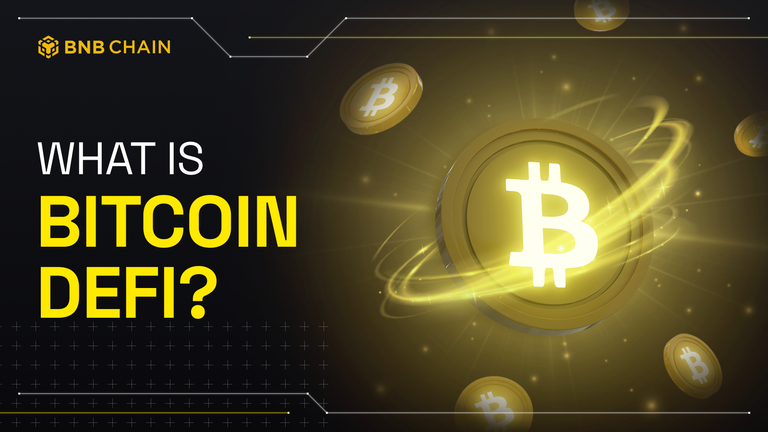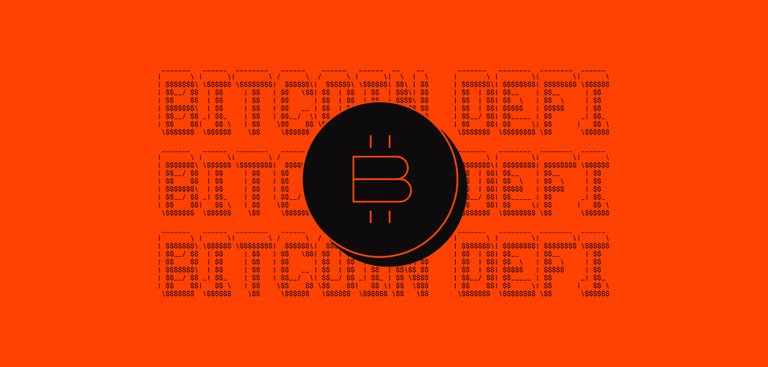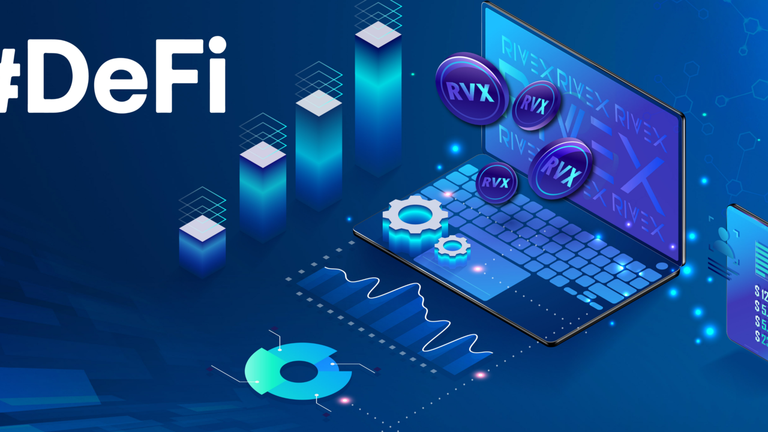
The decentralized finance (DeFi) ecosystem on Bitcoin is set to undergo transformative advancements in 2025, particularly in liquid staking, decentralized lending, and user experience (UX) innovations. Following a groundbreaking year in 2024, where Bitcoin surpassed $100,000 per coin for the first time, the renewed focus on Bitcoin-specific DeFi use cases is poised to gain momentum.
The First Wave of Bitcoin DeFi
Alexei Zamyatin, co-founder and CEO of Build on Bitcoin (BOB), observed that 2024 marked the first wave of Bitcoin-focused DeFi products, largely enabled by emerging layer-2 (L2) scalability networks. These foundational developments are expected to culminate in fully operational DeFi platforms in 2025.
One of the most anticipated launches is the Bitcoin Babylon L2, designed to offer secure and straightforward channels for Bitcoin staking. Zamyatin also highlighted how Bitcoin Secured Networks (BSN) will integrate with the BOB L2 ecosystem, enhancing liquidity and generating transaction fees that benefit Bitcoin stakers.
By January 2025, liquid staking tokens (LSTs) representing staked Bitcoin had already achieved a total value locked (TVL) of $5.5 billion, signaling robust growth in this sector.
Unlocking Liquidity Without Selling Bitcoin
Another groundbreaking initiative is Granite, a self-sovereign liquidity protocol built on the Bitcoin Stacks L2. Granite enables users to borrow stablecoins using Bitcoin as collateral without counterparty risk or collateral rehypothecation.
Rena Shah, COO of Trust Machines, highlighted Granite's importance for Bitcoin holders seeking liquidity options without selling their assets. As Bitcoin’s price volatility continues, more users are exploring ways to leverage their holdings through DeFi protocols, making Granite a vital tool for unlocking Bitcoin's financial potential.
Shah underscored the immense untapped potential within Bitcoin’s ecosystem, with over $1 trillion in BTC stored across wallets. She noted that Bitcoin’s DeFi services, particularly staking, could drive significant growth for new and existing companies aiming to expand access to decentralized finance.

Institutional Adoption of Bitcoin in DeFi Lending
While retail investors explore staking and lending, institutional players are also integrating Bitcoin into their DeFi operations. Sidney Powell, CEO of Maple Finance, revealed that Maple Finance is incorporating Lightning Bitcoin (LBTC) as collateral in its lending protocols.
Powell noted that this reflects the growing institutional confidence in Bitcoin's liquidity and low counterparty risk, positioning Bitcoin as a foundational asset in decentralized lending and automated market maker (AMM) ecosystems.
Additionally, Powell pointed to innovative use cases such as Bitcoin Ordinals, which are paving the way for tokenized assets and creative financial solutions based on Bitcoin. These developments are expanding Bitcoin's role in traditional finance, reinforcing its value as a premier collateral asset.
Enhancing User Experience in Bitcoin DeFi
User experience (UX) remains a critical focus for Bitcoin DeFi platforms in 2025. Matt Luongo, CEO of Thesis, shared that their Mezo project is enhancing UX through a concept known as "Cathedral and Bazaar," streamlining processes for Bitcoin lending.
Mezo allows users to collateralize their Bitcoin and access credit lines via its native stablecoin, mUSD. Currently live on its testnet, this innovation exemplifies the broader trend of simplifying Bitcoin DeFi interactions for mainstream adoption.
“Layer-2 solutions like Mezo will not only improve scalability but also unlock smart contract capabilities for Bitcoin-based DeFi applications,” Luongo added.

Challenges Ahead for Bitcoin DeFi
Despite promising advancements, challenges loom. Regulatory uncertainties, particularly in the United States, could hinder institutional participation. Powell explained that stricter crypto transaction reporting requirements might introduce additional complexities for institutions using Bitcoin in DeFi activities.
These policies could create taxable events at multiple stages, potentially discouraging participation. However, Powell also noted that clearer tax frameworks could alleviate institutional concerns, fostering greater confidence in Bitcoin DeFi platforms.
On the retail front, lingering fears of centralized risks—exemplified by the collapses of platforms like Celsius and FTX—may deter some users from engaging with Bitcoin staking and lending. Deven Soni, CEO of Matador Network, highlighted the rise of decentralized platforms that prioritize user custody as a promising solution to rebuild trust.

The Road Ahead: Bitcoin’s Role in DeFi’s Mainstream Adoption
As Bitcoin continues to integrate into decentralized lending, staking, and liquidity solutions, it is solidifying its position as a cornerstone asset in the DeFi ecosystem. The advancements in 2025 are not only about technological innovation but also about redefining Bitcoin’s utility beyond a store of value.
With over $1 trillion in Bitcoin holdings, the potential for unlocking financial services is vast. As the ecosystem matures, Bitcoin is poised to play a central role in bridging the gap between decentralized and traditional finance, driving mainstream adoption of DeFi in the years to come.
Discord Server.This post has been manually curated by @bhattg from Indiaunited community. Join us on our
Do you know that you can earn a passive income by delegating your Leo power to @india-leo account? We share 100 % of the curation rewards with the delegators.
100% of the rewards from this comment goes to the curator for their manual curation efforts. Please encourage the curator @bhattg by upvoting this comment and support the community by voting the posts made by @indiaunited.